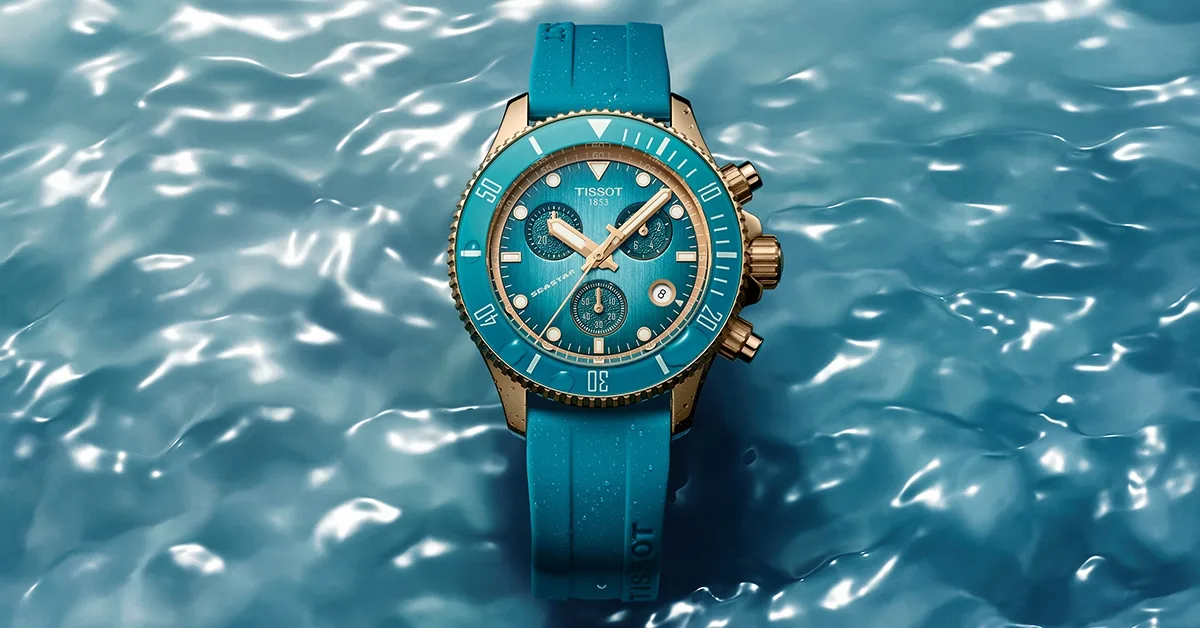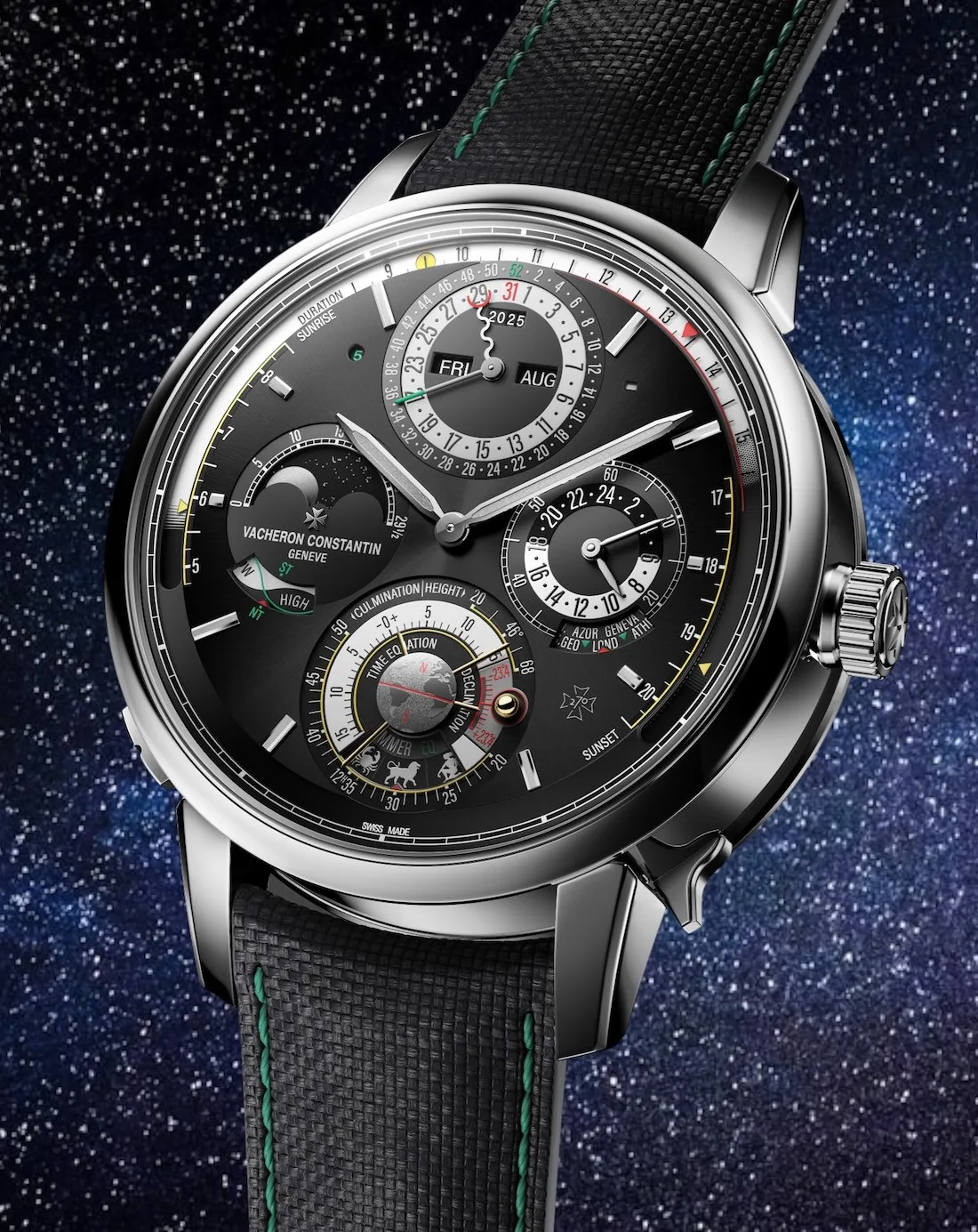The Gombessa Expeditions
The Gombessa Scientific Expeditions aim at exploring specific
phenomena occurring underwater all around the globe.
A naturalistic objective first guides the choice of the mission that will generally offer three major challenges: A scientific enigma at the core of the expedition; a diving challenge, as Laurent Ballesta – leading organizer of these expeditions – is a long time closed circuit rebreather diver; and last, an image related challenge to bring back unique photos and videos of the studied phenomenon. The team consists of scientists specialized in the studied subject matter, experienced deep divers and talented underwater cameramen. The first of the Gombessa expeditions, back in 2013, focused on the study of the ancient coelacanth, a fish more closely related to lungfish, reptiles and mammals than to the common ray-finned fishes. Coelacanths were thought to have become extinct in the Late Cretaceous, around 66 million years ago, but were rediscovered in 1938 off the coast of South Africa. They are found along the coastlines of the Indian Ocean and Indonesia. Since there are only two species of coelacanth and both are threatened, it is the most endangered order of animals in the world. It was since the start of the very first Gombessa project that Blancpain became Ballesta’s main partner through the Blancpain Ocean Commitment Programme.
Within the framework of the Gombessa II expedition in 2014, Laurent Ballesta´s team travelled to the southern pass of the Fakarava atoll, a UNESCO Biosphere Reserve in French Polynesia, to study the annual reproduction of camouflage groupers. During that expedition, researchers were surprised to note an unusual density of grey reef sharks totaling up to 700 individuals, the largest density of this species ever observed. The team was equally surprised to note their hunting behavior, which seemed coordinated. Even if this only takes place once a year, it is likely that the grouper gathering is crucial to shark survival throughout the year. The creation of these protected ocean areas that are off-limits to fishing, at least during certain periods, might be decisive to the preservation of both the grouper and the grey shark populations.
One of Ballesta’s underwater photographs won the 2017 Wildlife Photographer of the Year, in the Earth’s Environments category, which was shot during the Gombessa III expedition, a pioneering diving and photographic Antarctic expedition, in collaboration with Luc Jacquet, producer of The March of the Penguins. Their team of technical divers went beneath the sea ice in this region to deliver the very first naturalist images of Antarctica’s deep-sea ecosystems. At the request of several research groups, the team contributed to the inventory of deep-sea fauna and captured on camera the entire submerged part of an iceberg.

The main scientific objective of the Gombessa IV expedition was to better understand the ecology and, for the first time, the natural hunting behavior of the grey reef sharks. The team used novel scientific protocols and observation techniques developed in consecutive trips to Fakarava since 2014.
I-M: Each of the Gombessa expeditions requires an immense amount of effort and preparation in advance. How long did Gombessa IV take to prepare?
L.B: This expedition took place in my mind on the first night dive we made in Fakarava in 2014, during Gombessa II. I had planned a 24 hours dive to witness a whole cycle in the south channel of Fakarava. Therefore, we obviously had to dive at night, and it had never been done before. I was extremely surprised when we realized that the 700 sharks we had previously counted with the team, remained in the channel to hunt all night long.
We kept our focus on the groupers and their mating, as this was the mission of Gombessa II, but I started thinking about another mission, as this was an exceptional finding and there was a lot still to be discovered, especially about their social structure and hunting tactics.
Although it was difficult to approach the sharks at first, I returned with a small team in 2015 and 2016 to experiment and be confident enough to dive in the pack, surrounded by the sharks.
Of course we surfaced with several bruises, as the sharks bumped onto us violently, but we saw no sign of aggression. In 2017, the mission Gombessa IV was official. So, I could say it took me four years to prepare for Gombessa IV.
I-M: How large was the team?
L.B: There were thirty people involved, five nationalities combined. We had three shark specialists with us from France, Australia and the USA. We were joined by four acousticians from Belgium, professional divers and scientists from France, as well as cameramen, lighting assistants, and people caring about logistics. Sometimes we were more than ten in the water.
I-M: What is most important to you about your underwater research?
L.B: The most important thing for me is to promote knowledge about life underwater. There are still many mysteries surrounding sea creatures and many ecosystems have not yet been explored. What I enjoy adding to that is the diving challenge involved in acquiring this knowledge, making complicated dives not for the sake of gratuitous performance, but instead to help advance the diving discipline and increase our knowledge of marine life (such as great depths around 200 meters; very long dives like the 24-hour immersion achieved in 2014; or dives in extremely cold conditions such as in Antarctica, where the water was around -1.8°C).
L.B: I’m very proud of working with Blancpain, because their approach to sponsorship is based on the projects’ relevance and credibility rather than on their immediate media-coverage potential. They are not looking to pull publicity stunts, but rather to show that they genuinely contribute to expanding knowledge of marine life and to the advancement of diving techniques.
I think that’s why they appreciate the Gombessa projects, named after the tribal moniker for the famous coelacanth: a creature thought to have been extinct for 65 million years and a descendant of the first fish believed to have emerged from the water 370 million years ago and to have engendered all four-legged earthly creatures, including Man.
Our first joint expedition involved setting out to meet the coelacanth, study it and take photographs of it for the first time ever in a scuba diving expedition. Since then, I’ve decided to call all my expeditions Gombessa, providing they comprise the three following elements: a scientific mystery to be elucidated; a diving challenge to be taken up; and the promise of unprecedented underwater images.

I-M: What are you most proud of in your work with Blancpain?
L.B: I am most proud of the fact that, working with Blancpain, I haven’t had to change anything about my attitude. I know that there are plenty of sponsors that, once they sponsor you, they ask you to do publicity. With publicity, it’s much easier to say that you are studying Great White Sharks than the Coelacanth fish. Nobody knows about that fish, so sponsors could easily have told me that this subject was too complicated for them to invest in. So, I’m very pleased that I haven’t had to change that.
I-M: How do you distinguish your searches from those of other divers around the world?
L.B: I try to never lose sight of the three values to which I am passionately dedicated: knowledge, know-how and letting people know. In other words, I think that the standout features of my projects – and above all my team – lie in their three-fold sporting, scientific and artistic competence. I am strongly committed to ensuring respect for these values, by undertaking daring projects that are also realistic and useful; as well as by performing scientific work without neglecting the artistic side of things. It is perhaps this ambition to achieve such deliberate ambivalence that sets me apart from the rest, although I would not claim to achieve this goal on every single occasion!
I-M: How has your attitude towards ocean exploration changed over the years? Do you think the public realises the importance of protecting our oceans?
L.B: I have always taken great pleasure in exploring sea-beds, although I quickly realized that I had to infuse meaning into this pleasurable activity if I were to make it my profession. Contributing to knowledge and successfully engaging audiences through our images is clearly a very good way of raising awareness and promoting respect for nature. I come from a very modest background and I know only too well that ignorance and boredom are the primary causes behind our negligence and our bad deeds.
I-M: It is difficult to really grasp how big the oceans are. What percentage of the oceans have humans really explored?
L.B: Less than two percent of the oceans depths have been explored by humans. On the ground, life is possible until about 20 cm underground. After that, there’s nothing. And the sky is essentially a desert. But in the ocean, no matter how deep it is, there is still life and bacteria everywhere at every level. So yes, we often hear that the ocean covers 70% of the Earth, and that’s true in terms of surface. But when you think in volume of water, about 99% of the planet is water— a planet that, funnily enough, we call Earth.

I-M: At what point does your job become dangerous?
L.B: It’s dangerous if you are unprepared. If there is no technical preparation and/or no physical conditioning, it becomes dangerous. It’s a paradox because it is not like other sports. I can take anyone with me by the hand, even if they can’t swim, but if you make one small mistake when you are deep underwater, you quickly realize that you are not a fish. During particularly long and deep dives, there is a point of no return, where you are committed and all of a sudden, the door is closed. Going back to the surface isn’t going to be for another five or six hours, and there is no alternative.
I-M: How do you ensure everyone’s safety on a dive?
L.B: The real security measure is caution. I see it in my own team, which I’ve had for over 15 years, with some new recruits along the way. Sometimes I will meet a guy who will say to me, “I will follow you anywhere around the world,” but I will never take him on board; I want a guy who is careful. For example, Jean-Marc Belin, who accompanies me on all my dives, is extremely cautious. Every time I go to him with a crazy idea, his first reaction is always, “We can’t do that; you are crazy.” He always starts from a place of caution. Most of the time his first question is: “Why do you want to do this?” So my job is convincing him why it should be done, and if I convince him, he’ll finally admit that the idea has some merit and will try to find a solution.
About the Blancpain Ocean Commitment Programme
Blancpain has enjoyed historical links with diving since the 1953 launch of the Fifty Fathoms, the first modern diving watch. In recognition of this heritage, Blancpain is committed to contributing to the knowledge and preservation of the underwater world. It is for this reason that the brand supports a large number of significant scientific endeavors, among them, the Gombessa expeditions, led by French ocean explorer Laurent Ballesta.
Blancpain’s commitment to the underwater world took on a new dimension in 2014 with the collaborative gathering of all its partnerships under the label Blancpain Ocean Commitment, as well as with the launch of the first series of Ocean Commitment limited edition watches. Today, four years and more than four million square kilometers of protected ocean later, Blancpain has contributed to doubling the protected ocean surface area, and financed 18 expeditions in seven continents.
www.blancpain-ocean-commitment.com
www.wildlifephotographeroftheyear.com

















Show Comments +